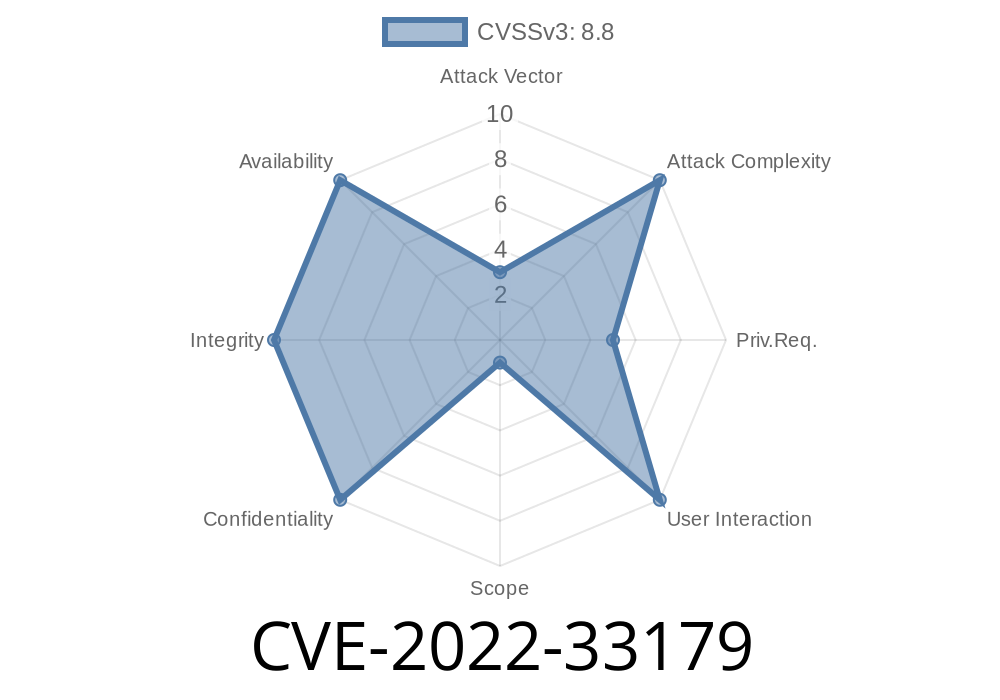A critical vulnerability (CVE-2022-33179) has been identified in Brocade Fabric OS CLI before Brocade Fabric v9.1., 9..1e, 8.2.3c, and 7.4.2j, which could allow a local authenticated user to break out of restricted shells with "set context" and escalate privileges. This vulnerability may lead to unauthorized access, manipulation of sensitive data, and even complete system takeover. In this post, we delve into the details of this vulnerability, its exploit details, and provide code snippets and references to enable users to mitigate and protect their systems.
Exploit Details
The vulnerability specifically affects the Brocade Fabric OS Command Line Interface (CLI) component, which is used to manage the switching and routing devices in the network. When an authenticated user access the CLI, they are subject to a restricted shell that limits the commands they can execute. However, due to improper input validation and weak enforcement of command restrictions, a user can exploit the "set context" command to bypass these restrictions and escalate their privileges.
Code Snippet
Here is a sample code snippet demonstrating how an attacker could potentially exploit this vulnerability:
#!/bin/sh
#
# Exploit script for CVE-2022-33179 in Brocade Fabric OS CLI
#
# Assuming we have local access and are logged into the CLI
# Below is the restricted shell
Restricted_Shell> execute-privileged-command.sh
# This is where the vulnerability is exploited
# Using the "set context" command, insert a command here:
Restricted_Shell> set context "; injection-command-here"
# After executing the command, the attacker gains access to the full shell
Full_Shell>
It's important to note that this script is provided only for demonstration purposes; the actual exploitation process would depend on the specific circumstances and access levels an attacker already has in the environment.
Mitigation
To protect your Brocade Fabric OS systems from this vulnerability, you should immediately update to the latest patched versions provided by Brocade:
You can download the updated software from the Brocade Support website
Brocade Fabric OS Latest Updates
Additionally, it's crucial to restrict user access in your environment by implementing proper access controls and limit the number of users who have access to the CLI-based management devices.
Original References
Further information about this vulnerability can be found in the official vulnerability disclosure documents linked below:
- CVE-2022-33179 - Official CVE Details
- Brocade Fabric OS Security Advisory (PDF)
Conclusion
CVE-2022-33179 is a critical vulnerability that could allow attackers to compromise the security of Brocade Fabric OS systems through privilege escalation. It's crucial to stay up to date with the latest patches and adopt robust security measures to minimize the risk of exploitation. By understanding the details of this vulnerability and implementing appropriate mitigations, you can protect your organization's network infrastructure and maintain the confidentiality, integrity, and availability of your critical services.
Timeline
Published on: 10/25/2022 21:15:00 UTC
Last modified on: 03/02/2023 16:06:00 UTC
